In the fast-paced digital marketing landscape, the strategies that once worked seamlessly can quickly become outdated. To thrive in this environment, businesses must constantly refine their approaches to align with evolving consumer behaviours. Drawing parallels with the well-established sales funnel, our exploration underscores the need for continuous adaptation to stay ahead in the competitive digital landscape.
Hence, one robust approach to meeting the dynamic needs of consumers is the implementation of a well-structured content marketing funnel. In this simple guide, we’ll delve into the intricacies of this concept, providing actionable insights to bolster your understanding and empower you to craft a nuanced content strategy that resonates with your audience.
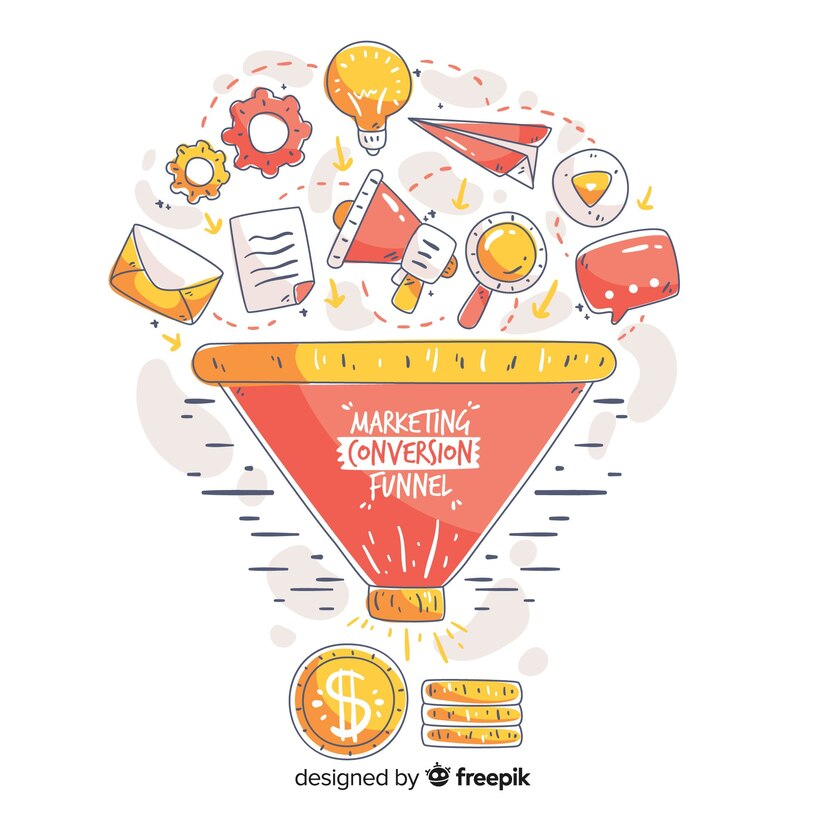
Source: Freepik
Comprehending the Content Marketing Funnel
A content marketing funnel isn’t just a static concept; it’s a dynamic tool strategically designed to guide potential customers from the initial awareness stage to the ultimate conversion. Whether the desired action is a sale, download, demo, or any other valuable engagement, the content marketing funnel plays a pivotal role in orchestrating these conversions. Each stage within the funnel serves a distinct purpose, collectively steering potential customers towards the desired end goal.
Charting Your Content Funnel With Diverse Content Formats
Begin by conducting a comprehensive evaluation of your existing content inventory. It’s not just about quantity; it’s about variety. Ensure your content arsenal includes diverse formats, from insightful blogs to in-depth e-books and thought-provoking white papers. This diversity is crucial in catering to the varied preferences of your audience.
Allocating Content to Stages
Once you’ve assessed your content inventory, the next step is strategic allocation. Each piece of content should be assigned to a specific stage in the buyer’s journey. This meticulous categorisation ensures that your content seamlessly guides potential customers through the awareness (TOFU), consideration (MOFU), and conversion (BOFU) stages, creating a personalised and targeted experience.
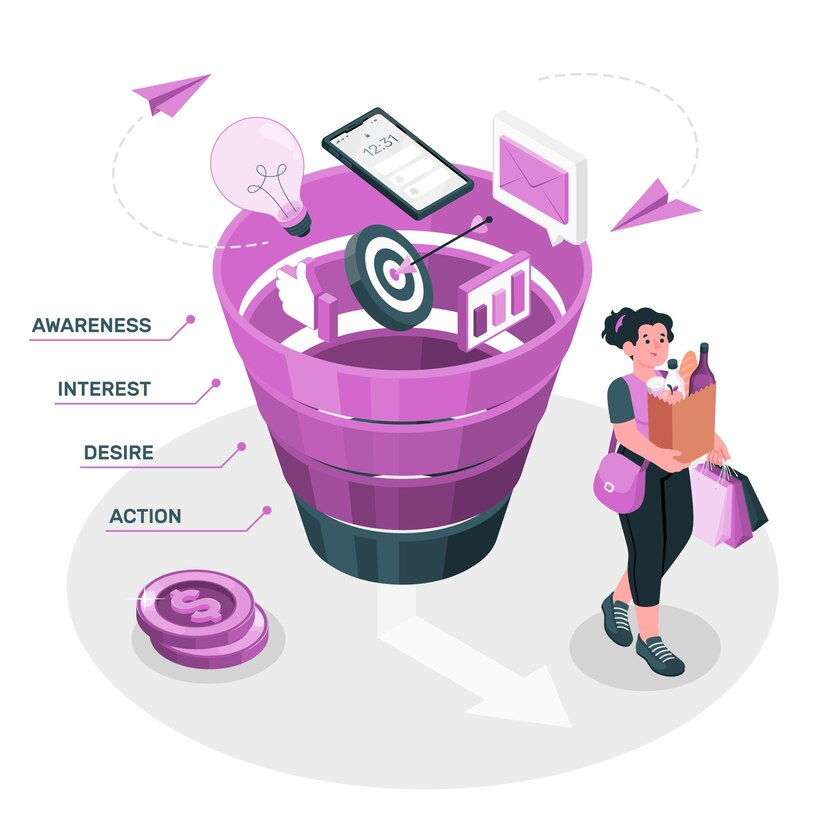
Source: Freepik
Top Funnel Content (TOFU): The Awareness Phase
The awareness phase initiates the customer journey, where attention is the currency. During this stage, the focus is crafting content that captures attention and builds a positive and memorable initial customer experience.
TOFU content includes educational materials such as
- instructional guides
- attention-grabbing landing pages
- visually appealing infographics
- informative checklists
- comprehensive e-books and white papers
- engaging blog content tailored specifically for the awareness stage
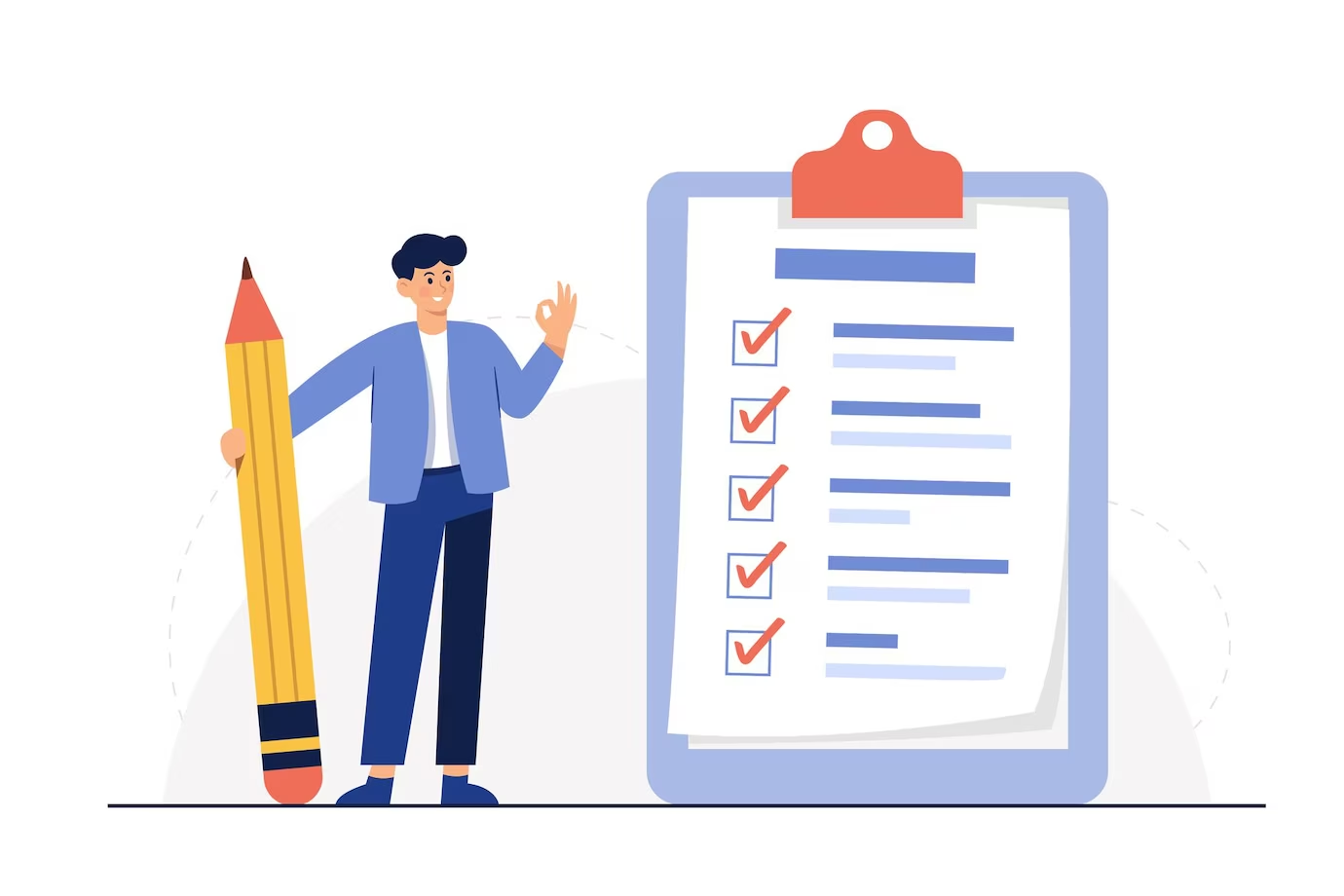
Source: Freepik
Middle Funnel Content (MOFU): The Interest and Consideration Phase
As potential customers progress into the interest and consideration phase, their needs evolve beyond surface-level information. Now, the emphasis is on providing deeper insights, nurturing trust, and addressing their specific interests.
Successful MOFU content types encompass
- instructional guides that delve into more intricate details
- succinct product summaries
- compelling case studies
- targeted landing pages
- insightful webinars
- success stories that resonate with the audience
- informative podcasts tailored to the consideration stage
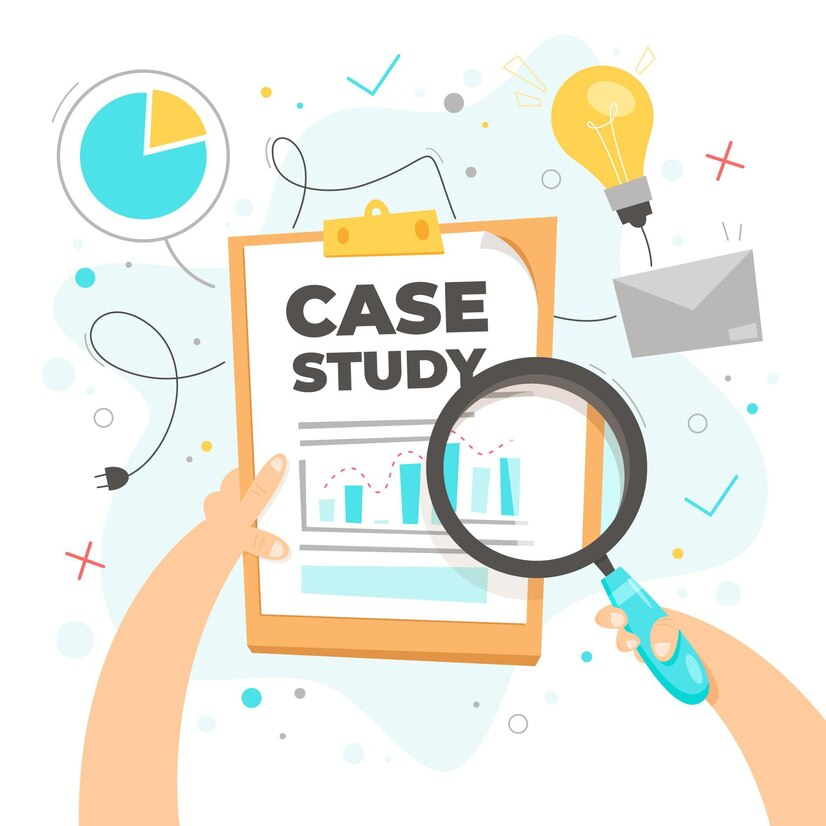
Source: Freepik
Bottom Funnel Content (BOFU): The Purchase Decision
The bottom of the funnel signifies a critical juncture where potential customers are on the verge of making a decision. The content presented at this stage is pivotal in reinforcing trust, addressing specific concerns, and encouraging the final conversion.
BOFU content comprises
- succinct product summaries highlighting key benefits
- authentic customer testimonials
- success stories that exemplify the value proposition
- interactive tools and calculators offering a hands-on experience
To complement this, leverage persuasive email campaigns, exclusive promotions, and live demonstrations to motivate potential customers to take the final step.

Source: Freepik
Identifying Content Gaps
Ensuring the effectiveness of your content marketing funnel requires a proactive approach. Regularly analyse audience feedback, engagement metrics, and the performance of your content to identify deficiencies in each stage. This detailed analysis allows you to address gaps promptly and optimise your funnel continuously.
Introducing New Content Types
Staying ahead of the curve involves more than just addressing existing gaps; it requires anticipating future needs. Introduce new content types based on emerging trends and shifting consumer preferences. This proactive approach ensures that your content remains fresh, relevant, and aligned with the evolving expectations of your audience.
Crafting a Content Calendar
Creating a content calendar is more than just planning; it’s a strategic roadmap. Prioritise content creation based on relevance, seasonality, and industry events. Monitor and adapt the calendar regularly, considering emerging trends and adjusting your content plan accordingly.
Continuous competitive analysis provides valuable insights into potential enhancements and opportunities for elevating your content quality.
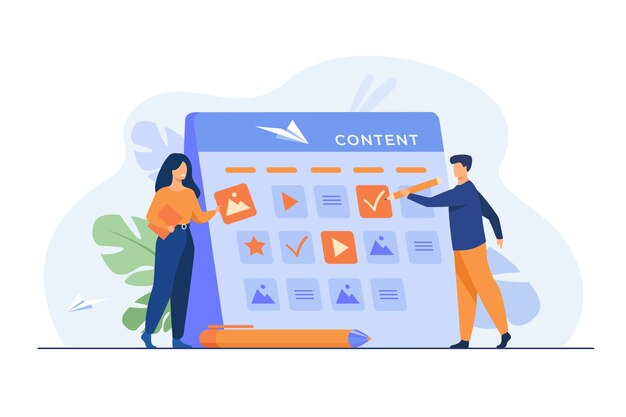
Source: Freepik
Conclusion
To summarise, navigating the dynamic landscape of content marketing funnels demands a holistic and audience-centric approach. Crafting a rewarding buying experience requires not only a thorough understanding of your target audience but also a commitment to testing, adapting, and staying abreast of industry trends.
Patience is a virtue in perfecting a proficient content marketing funnel, and a proactive mindset is a key to outshining competitors and achieving sustained success in the ever-competitive digital sphere.
Not sure where to start? Contact our digital marketing consultants to plan your content marketing funnel today.






